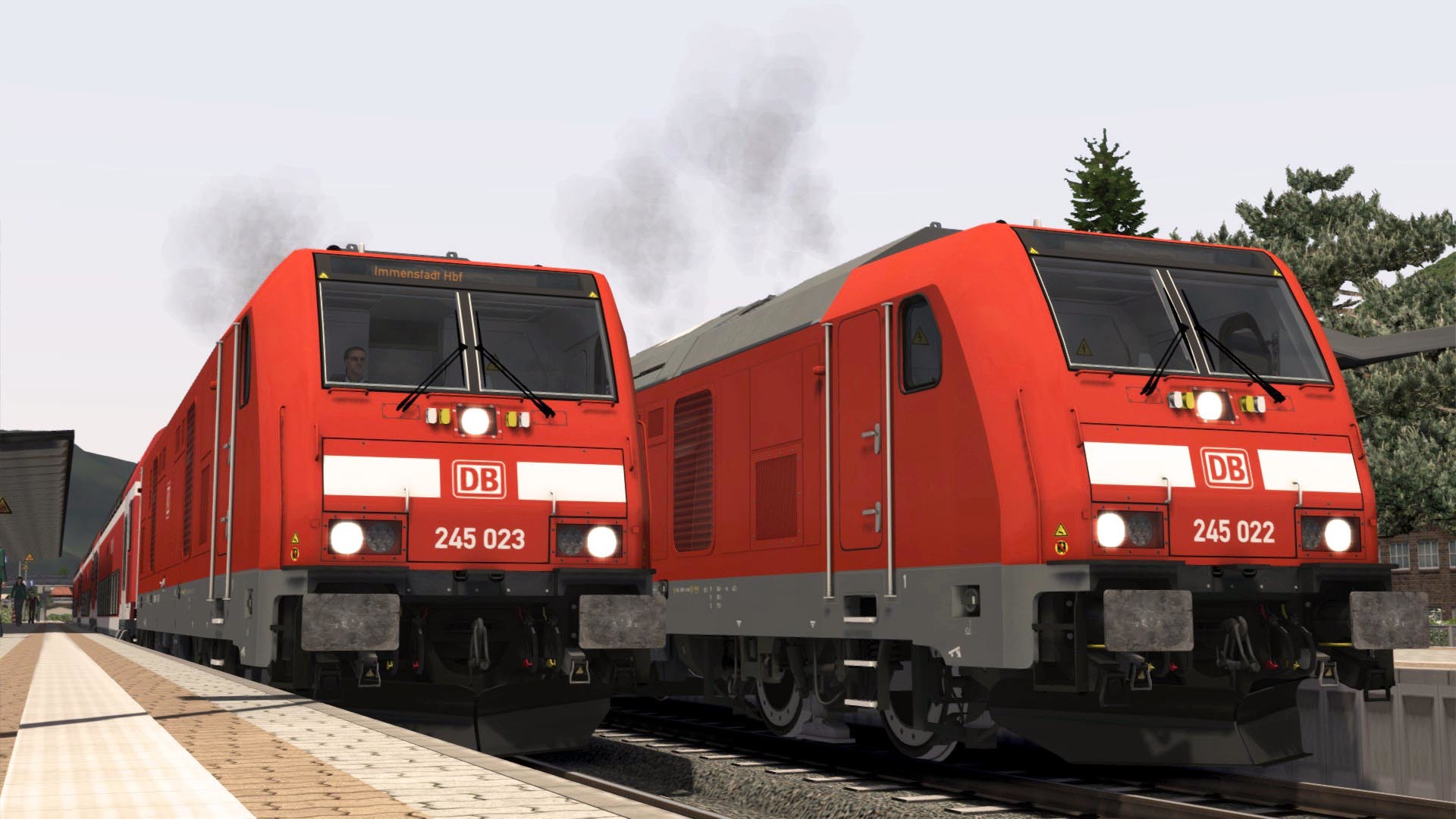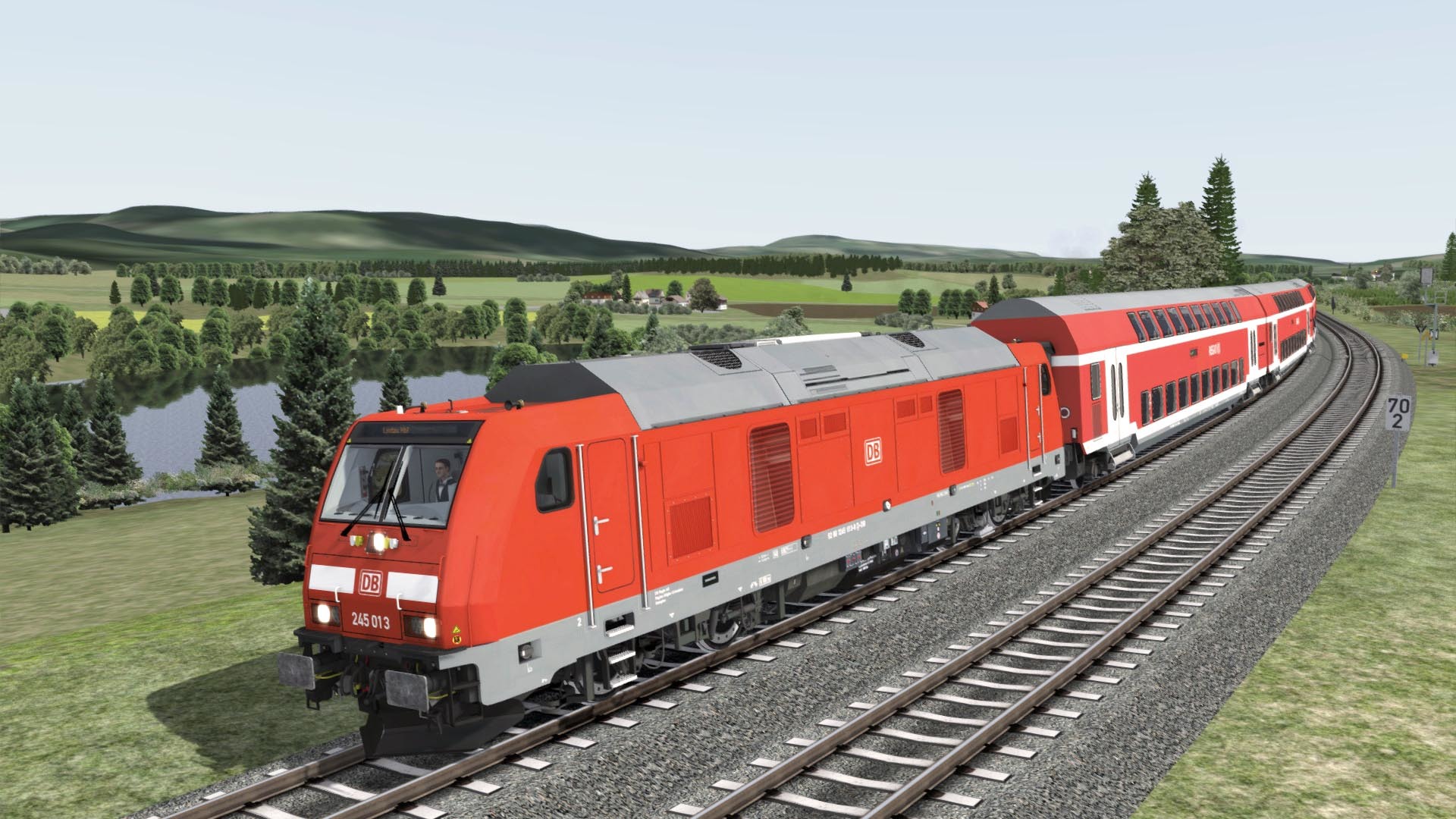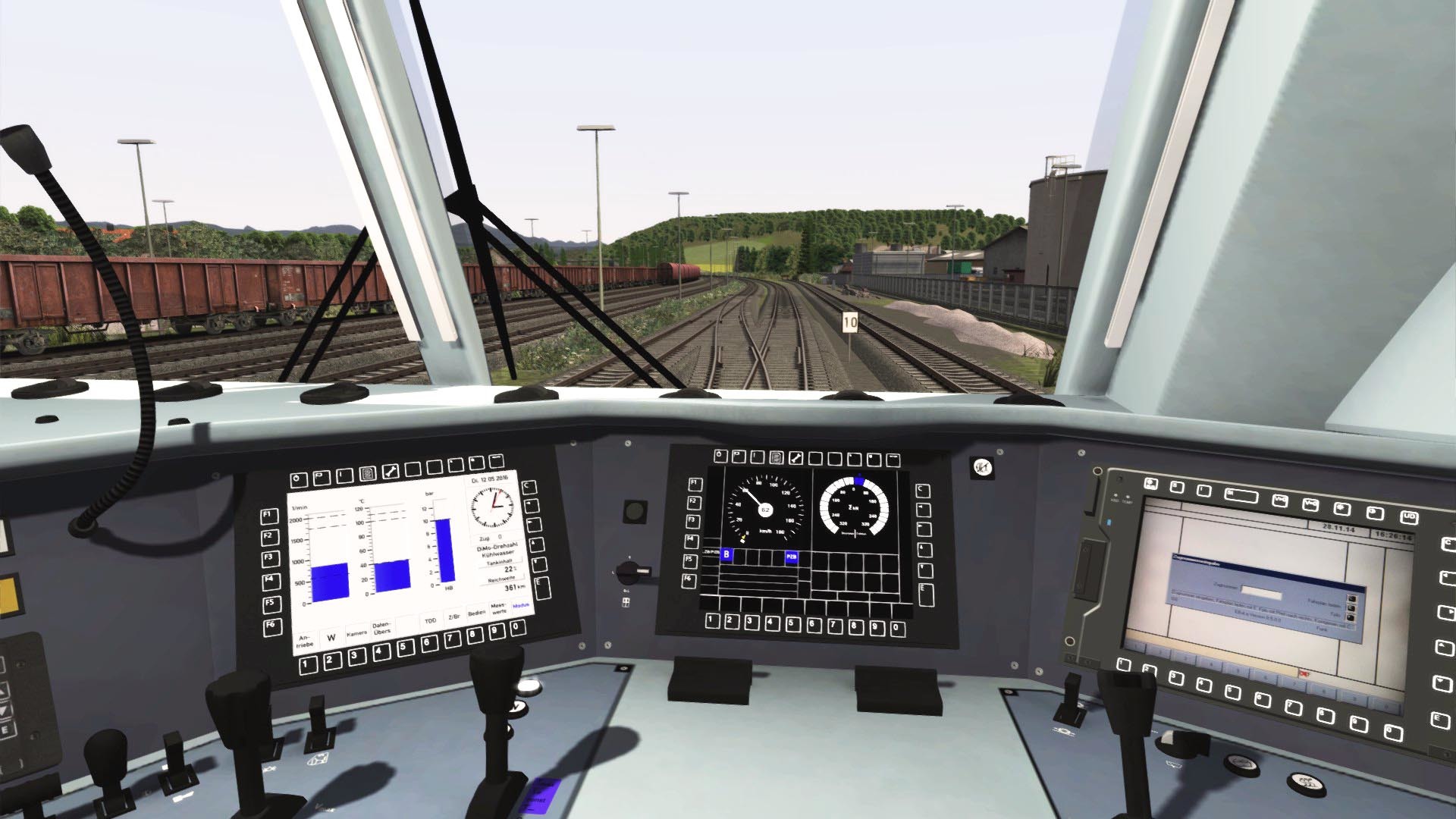
Train Simulator Classic 2024 - JayTwoPointOh
19/04/2018
http://store.steampowered.com/app/677951
Enjoy a truly unique locomotive adventure - the Allgäubahn sees historical rails twinned with modern traction stretching north out of Lindau into southern Germany. Dating back to the mid-1800s, the line out of Lindau is one of the oldest in Germany with the southern terminus perched upon a small island.

The original route for the line would head out to Augsburg, before heading south into the Allgäu region, however in 1873 a more direct route was established. The single-track line was doubled in 1907 to meet demands, however it has never been fully electrified – seeing only steam and diesel motive power throughout its life.

A fleet of DB BR 245 locomotives were brought in to modernise the route and are perfectly recreated for you to test your skills! These diesel-powered variants of Bombardier’s TRAXX family are capable of 160 km/h and are paired with double decker coaches to increase overall comfort and capacity throughout Allgäu.

Explore the southern portion of this historical 89 km route from Kempten to Lindau along with the equally scenic 20 km branch between Immenstadt and Oberstdorf. The valleys of Bavaria are waiting for you!
http://store.steampowered.com/app/677951
Enjoy a truly unique locomotive adventure - the Allgäubahn sees historical rails twinned with modern traction stretching north out of Lindau into southern Germany. Dating back to the mid-1800s, the line out of Lindau is one of the oldest in Germany with the southern terminus perched upon a small island.

The original route for the line would head out to Augsburg, before heading south into the Allgäu region, however in 1873 a more direct route was established. The single-track line was doubled in 1907 to meet demands, however it has never been fully electrified – seeing only steam and diesel motive power throughout its life.

A fleet of DB BR 245 locomotives were brought in to modernise the route and are perfectly recreated for you to test your skills! These diesel-powered variants of Bombardier’s TRAXX family are capable of 160 km/h and are paired with double decker coaches to increase overall comfort and capacity throughout Allgäu.

Explore the southern portion of this historical 89 km route from Kempten to Lindau along with the equally scenic 20 km branch between Immenstadt and Oberstdorf. The valleys of Bavaria are waiting for you!






